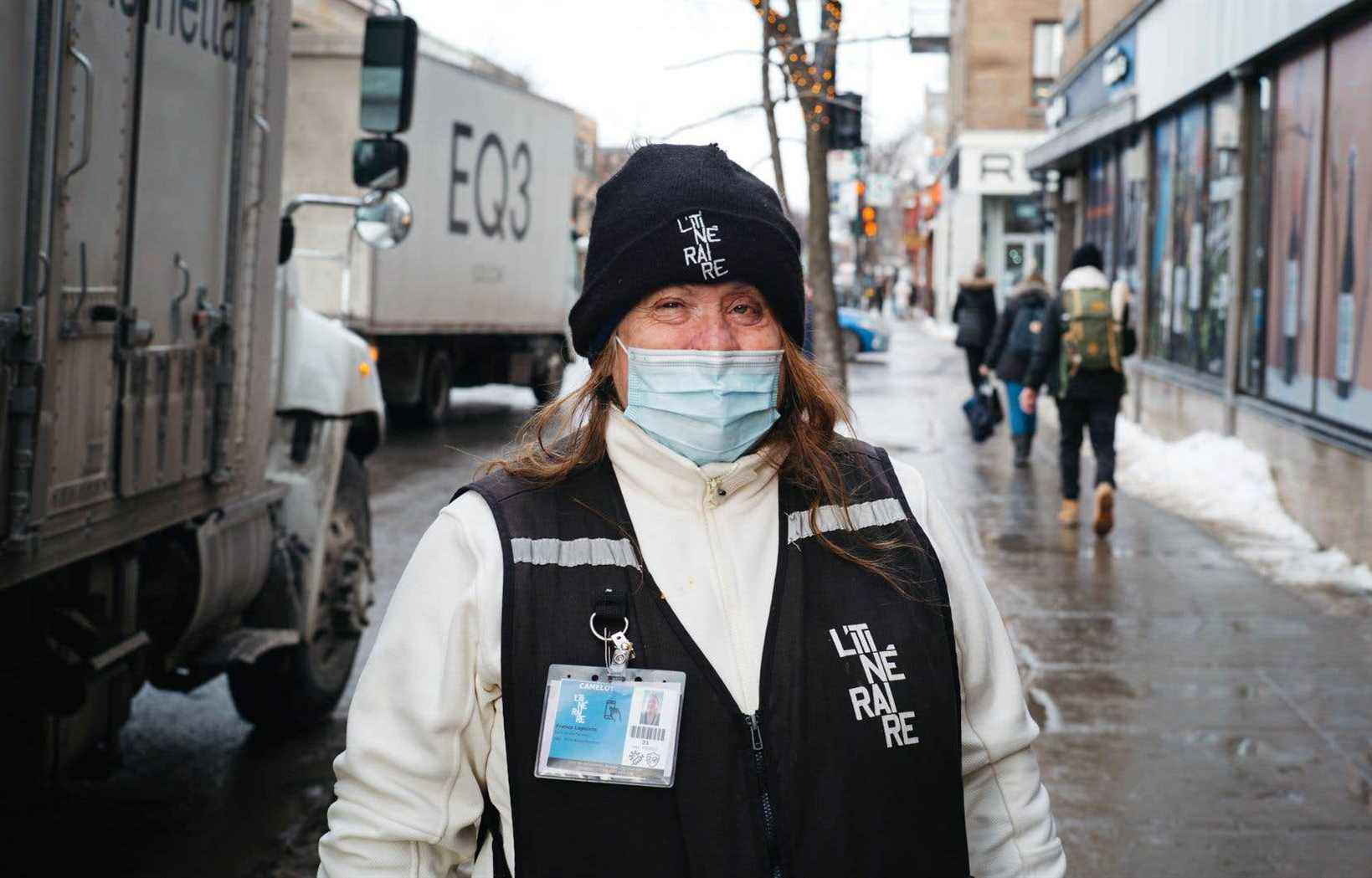“I can’t say it’s going badly because we still exist, but the last two years have been difficult. And the next ones are going to be even more so,” immediately drops Luc Desjardins, general manager of The Itinerary. Already weakened by the crisis affecting the media, the street newspaper became loss-making with the pandemic and almost went through it.
In March 2020, the non-profit organization that manages the journal decided to put its print publication on hold for several months. His priority was to protect his vendors from this then unknown virus. One edition per month – rather than every two weeks – was still available online for donations. One way for the organization to keep the editorial team active and still have money to pursue its main mission: to support people in precarious social situations who knock on its door.
Since August 2020, The Itinerary found its paper version. Once a month initially, then every two weeks, as before. Buyers, on the other hand, are no longer there. “Sales have dropped dramatically because downtown Montreal is empty, the subways are empty [et n’ont pas accepté les camelots pendant plus d’un an] “, notes Mr. Desjardins, explaining that the vendors had to be sent to busier places, in the shopping streets in particular, far from restaurants and theaters, which were closed most of the time.
The magazine, which had a circulation of 11,000 before the pandemic, is thus printed in only 8,000 copies today. At least, he points out, “everything that is printed is sold” and therefore benefits the 200 or so peddlers who sell the paper edition in the street. The principle has remained the same over the years: everyone buys their set of copies for a dollar and a half each, then resells them for three dollars and pockets the difference.
Moreover, unlike the majority of the media, The Itinerary could not benefit from increased assistance from governments. “The federal government is helping us, but we couldn’t count on advertising from the Quebec government, for example, which gave other newspapers a solid foundation to get through the crisis. […] It’s frustrating to be told that we’re doing a good job. job because we are in the community, but not to receive the same help as the other media. »
With the fixed expenses – paying the printers, paying the employees – “it is sure that we do not make a profit”, indicates the director general. Yes The Itinerary survives, it is mainly thanks to donors.
The pandemic will at least have had this positive side of encouraging Quebecers to help each other and therefore to make more donations. The Itinerary was also able to count on the help of The Press, which has hosted the newspaper once a month in its tablet edition since the start of the crisis. “It allowed us to reach customers outside Montreal and increase the number of donations. »
The future, Mr. Desjardins considers it even more difficult. “Pandemic-related empathy is already fading, donations are expected to decline further. But meanwhile, the demand for help from the organization continues to grow, as the crisis has accentuated the problems of social insecurity and homelessness in society.
Abandoning the paper publication, whose printing costs are increasingly high, is not the solution, however, according to the director general. Street vendors, he says, need “social contact” above all else. Selling newspapers in the street gives them an income and above all a place in society. Without papers, street vendors no longer have their place, and without street vendors, The Itinerary no longer has its raison d’etre.
